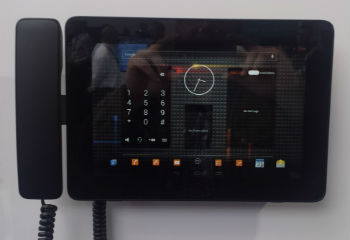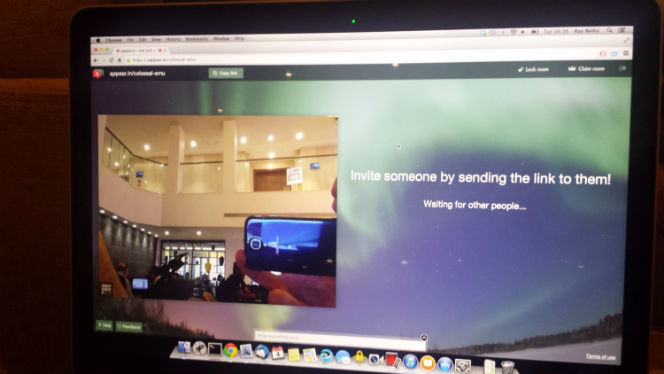Trefor.net welcomes VoIP Week guest contributor Peter Cox, UM Labs Ltd. Founder and CEO
As the VoIP industry continues to grow, a new and potentially disruptive force has emerged. Microsoft Lync. While not exactly a newcomer (tracing its origins back through LCS and OCS), the latest version of Lync — Lync 2013 — is clearly making an impact on both VoIP and the Telecommunications industry in general. So the question is, should VoIP service providers and users embrace Lync or ignore it?
Microsoft is clearly positioning Lync to extend their reach from data into the VoIP world. The product is understandably popular with end-users who like the features that it offers, as well as with CIOs who see Lync’s Unified Communication services as a way of getting more out their investment in Exchange and Active Directory. Lync also provides Enterprise Telephony features, albeit at an additional cost.
So what does all of this mean for VoIP service providers and users?
One thing not in short supply is opinions on the merits of Lync. The consensus is that Lync is great for Instant Messaging and for integration with Exchange, but that it does not deliver the industrial strength telephony needed by many end-users, particularly those in call centres. Mixed deployments are the result — with Lync in the back-office, and a more traditional PBX in areas with tougher call processing requirements — and these present a challenge.

One of the hurdles facing any Lync deployment is the product’s sheer complexity. Even a simple system for a small office requires three or more servers, with scaling for larger numbers of users and multi-site deployments complicating the picture still further. But the greatest challenge comes from attempting to interconnect Lync with other VoIP systems. The Lync architecture includes the Mediation Server for 3rd party connections, which can connect to a PSTN Gateway (Microsoft’s terminology), and as its name suggests can also provide restricted connectivity to other VoIP systems. The Mediation Server does not enable callers to be identified with anything other than a caller-ID, nor does it support presence or instant messaging, and therefore it cannot provide integrated Unified Communication services across a multi vendor network.
Lync is based on the Session Initiation Protocol (SIP), the same protocol that virtually all other VoIP products and services use. Microsoft have added so many extensions to the Lync version of SIP, though, that providing the level of integration needed for a mixed Lync and standard SIP deployment is beyond virtually all end-users and many system integrators. On the plus side, Microsoft has published details of the SIP extensions they have implemented. While these specifications will not help the average end-user, they have enabled the development of enhanced connectivity solutions for Lync. It is now possible to deploy a mixed environment, for instance, with Lync in the back-office and an alternative VoIP system in other areas.
The Microsoft marketing machine will clearly continue to promote Lync, end-users will continue praise the integrated services it offers, and CIOs will continue to value the improved ROI. Also, the ability to provide true interconnection with other VoIP products and services means that there is now an opportunity for service providers to offer new services centred on Lync, and for end-user organisations to benefit from the optimal mix of Lync’s UC services and call centre grade services from other vendors. End-users will continue to adopt Lync, and thus service providers and system integrators able to provide Lync integrated with other VoIP products and services will have an edge. As such, the VoIP industry needs to embrace Lync or become a casualty of its advance.
VoIP Week Posts:

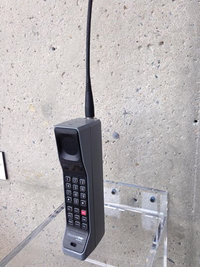 It was not that long ago that phone companies — and their charges for long distance calls — could not be avoided. We don’t often think about it now, but calling overseas used to be expensive and somewhat complicated. It would require a certain calling plan and a special way of dialing the traditional telephone. Then along came the ability to make calls over the Internet, and now we don’t think twice about having long conversations with friends traveling abroad or scheduling conference calls with business associates in other countries. Apps such as Skype, Google Voice and Tango have made VoIP part of how we live and work, and whether the call we are on is connected via VoIP or not is no longer relevant. And the fact that we know hav the ability to use these apps on any device — a phone, tablet, or computer — means we can talk to anyone, anywhere, at any time. Thank you, VoIP, for this seamless and standard method of communication now at our fingertips.
It was not that long ago that phone companies — and their charges for long distance calls — could not be avoided. We don’t often think about it now, but calling overseas used to be expensive and somewhat complicated. It would require a certain calling plan and a special way of dialing the traditional telephone. Then along came the ability to make calls over the Internet, and now we don’t think twice about having long conversations with friends traveling abroad or scheduling conference calls with business associates in other countries. Apps such as Skype, Google Voice and Tango have made VoIP part of how we live and work, and whether the call we are on is connected via VoIP or not is no longer relevant. And the fact that we know hav the ability to use these apps on any device — a phone, tablet, or computer — means we can talk to anyone, anywhere, at any time. Thank you, VoIP, for this seamless and standard method of communication now at our fingertips.


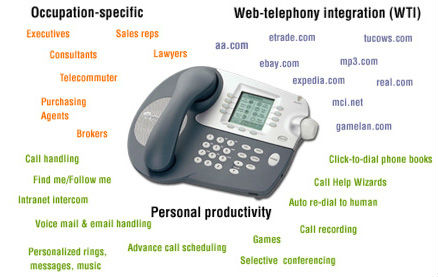
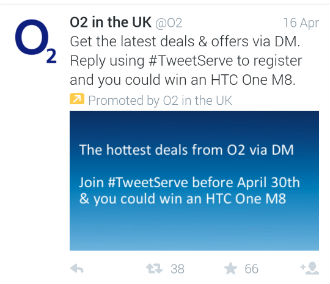
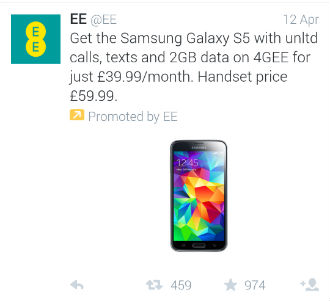






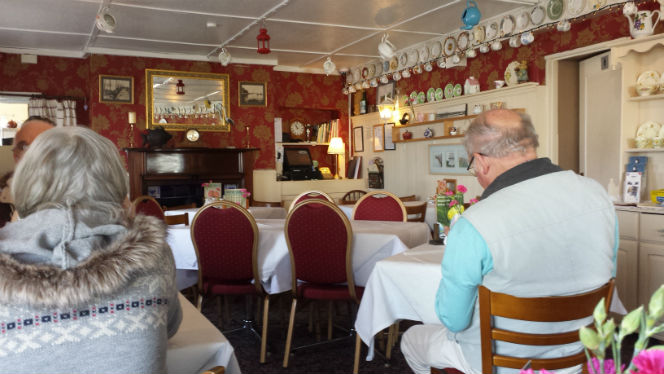


 Admittedly, I almost wiped my birthday data from Facebook a couple of days prior to the date, not because I am sensitive about getting older, but because I just didn’t feel up to dealing with what can only be considered an onslaught of contact. No doubt the majority of you reading this piece – and thank you for doing so – know exactly what I am referring to. Depending on where you live and how the time zones for your Facebook “Friends” break down, this onslaught can actually last for far long than the 24 hours it traditionally takes to move through one’s birthday. It begins with the Notifications. Each time someone writes a birthday greeting on your Facebook wall – and doing so is now so easy that a puppy can do it (and likely has…check youtube) – you receive a Notification stating such. And because we are all unabashedly self-centered, we immediately chase that Notification so we can see exactly what it was that someone wrote (more often than not, some variation of “Happy Birthday”…capitalized, not capitalized, ALL CAPS, with and without terminating punctuation, and so forth). Then, of course, because we are all inherently polite, we acknowledge the birthday greeting in some way, be it by clicking “Like” or actually using the Comment function to write something back. It is this exercise, which goes on over the course of a full rotation of the planet and then some, that had me pondering the three clicks needed to erase my Birth Date from my About|Basic Information. That said, I am truly glad I didn’t do so.
Admittedly, I almost wiped my birthday data from Facebook a couple of days prior to the date, not because I am sensitive about getting older, but because I just didn’t feel up to dealing with what can only be considered an onslaught of contact. No doubt the majority of you reading this piece – and thank you for doing so – know exactly what I am referring to. Depending on where you live and how the time zones for your Facebook “Friends” break down, this onslaught can actually last for far long than the 24 hours it traditionally takes to move through one’s birthday. It begins with the Notifications. Each time someone writes a birthday greeting on your Facebook wall – and doing so is now so easy that a puppy can do it (and likely has…check youtube) – you receive a Notification stating such. And because we are all unabashedly self-centered, we immediately chase that Notification so we can see exactly what it was that someone wrote (more often than not, some variation of “Happy Birthday”…capitalized, not capitalized, ALL CAPS, with and without terminating punctuation, and so forth). Then, of course, because we are all inherently polite, we acknowledge the birthday greeting in some way, be it by clicking “Like” or actually using the Comment function to write something back. It is this exercise, which goes on over the course of a full rotation of the planet and then some, that had me pondering the three clicks needed to erase my Birth Date from my About|Basic Information. That said, I am truly glad I didn’t do so. 
 Now to be fair, there is some light in the sky these days regarding inter-network IM capability. For instance, with Yahoo Messenger you can add and communicate with contacts using Windows Live™ Messenger, and you can add your AOL AIM contacts into Google Talk. Such functionalities, however, are the result of agreements reached between the networks, agreements in which a bridging of two (or more) proprietary protocols has been put in place not to open communication up but to simply extend one IM provider’s boundaries to include those within another’s.
Now to be fair, there is some light in the sky these days regarding inter-network IM capability. For instance, with Yahoo Messenger you can add and communicate with contacts using Windows Live™ Messenger, and you can add your AOL AIM contacts into Google Talk. Such functionalities, however, are the result of agreements reached between the networks, agreements in which a bridging of two (or more) proprietary protocols has been put in place not to open communication up but to simply extend one IM provider’s boundaries to include those within another’s. 




